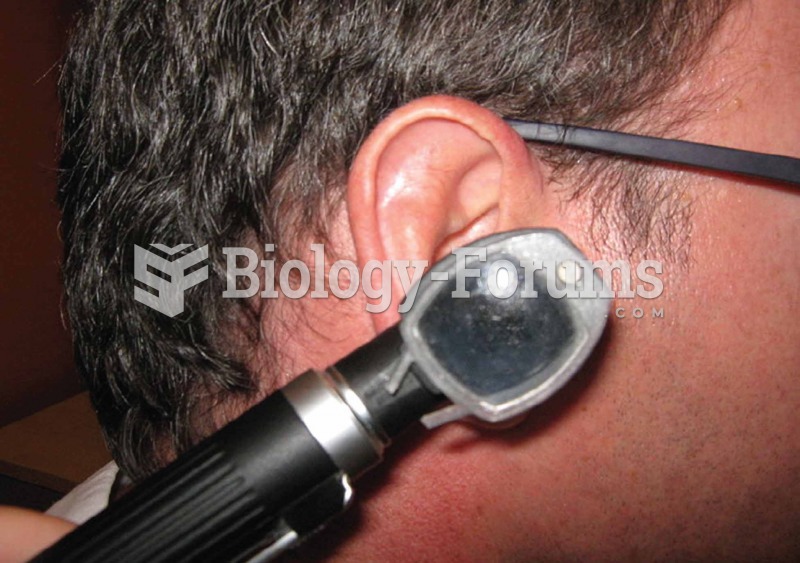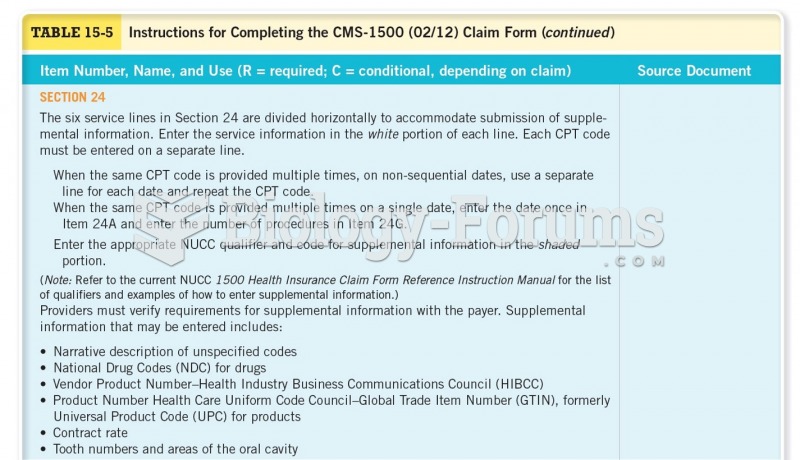|
|
|
People about to have surgery must tell their health care providers about all supplements they take.
Blood is approximately twice as thick as water because of the cells and other components found in it.
Certain chemicals, after ingestion, can be converted by the body into cyanide. Most of these chemicals have been removed from the market, but some old nail polish remover, solvents, and plastics manufacturing solutions can contain these substances.
Glaucoma is a leading cause of blindness. As of yet, there is no cure. Everyone is at risk, and there may be no warning signs. It is six to eight times more common in African Americans than in whites. The best and most effective way to detect glaucoma is to receive a dilated eye examination.
Vaccines prevent between 2.5 and 4 million deaths every year.






